“The pages were fragile, some of them torn. The recipes were hand written in Gurmukhi, and the measurements were mystifying. Some called for ‘masha‘ and ‘rati‘. One recipe called for ‘ek ser gosht‘ and ‘char anne ka ghee‘ —which year did it refer to, and how much ghee did char anne buy at the time?” On a journey to re-discover his culinary roots in the Punjab, Chef Parvinder Singh Bali found himself the custodian of an extraordinary legacy, when Captain Amarinder Singh of Patiala handed him an heirloom cookbook documenting 375 recipes from the Royal House of Patiala.
Famous across the world as luxury loving bon-vivants and gourmets, successive maharajas of Patiala had blazed a trail across Europe and Britain in the late 19th and early 20th centuries, leaving stories and legends in their wake, many of which are still vivid in the public imagination. Somewhere amidst the tales of fabled Cartier necklaces and custom-made dinner services from Asprey’s of London was the cuisine of the Royal kitchens. Never straying too far from the rustic roots of Punjabi cooking with its emphasis on fresh, seasonal produce and wild game, mingling with the influences that came to their kitchens from their historic association with Afghanistan —the title of the Royal house was granted by Ahmed Shah Abdali of Afghanistan —Patiala embraced with ease Nawabi cuisine from Rampur, as well as the refined traditions of the Mughals, creating a legacy distinctively its own.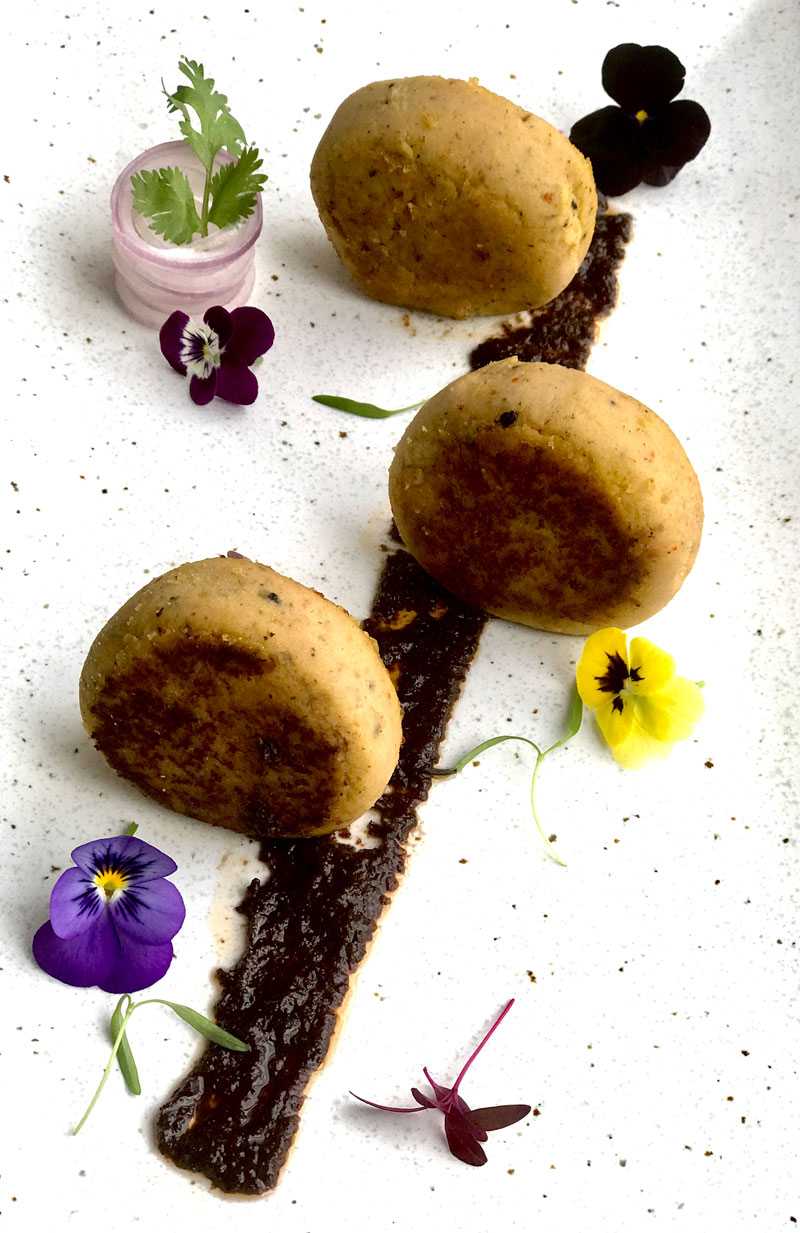
This extraordinary piece of gastronomic history is recorded in recipes, some of them possibly over four centuries old —reflected in the lack of chillies and tomatoes in the lists of ingredients. The compilation, attributed to Maharaja Bhalinder Singh, who is reputed to have been the best cook in a family where the men were known for their culinary expertise, moves through the decades, recording changing tastes and culinary fashions with the coming of the British, and international travel. The book could not have landed in more capable hands —Chef Bali, Corporate Chef, L&D, at the prestigious Oberoi Centre for Learning and Development and author of a number of well-regarded culinary textbooks, began by photographing the crumbling pages and having the text painstakingly translated from the original Gurmukhi. “The recipes were often cryptic: when it said ‘four anghootis‘, how was one to judge the size of the fingers?”, says Chef Bali, his eyes twinkling with laughter. “I had to use my knowledge of food, and find contemporary equivalents.”
The book is a fascinating narrative of several centuries of a royal passion for food. It begins with dum pukhts and meats, and goes on to kebabs and sabjis. Of pulaos alone there are 40! Then there are the achars chutneys and sauces, Indian sweets, and European dishes and snacks. There are recipes which feature wild cucumbers, fiddlehead ferns, and ghol, the fruit of the banyan tree, reflecting a deep interest in local produce. There is a most unusual curry of nutmeg leaves, and the popularity of wild game and shikar is documented in numerous references to Neel Ghai; Jungli Kabootar; Teetar and Bater. Surprisingly, there is not a single mention of paneer!
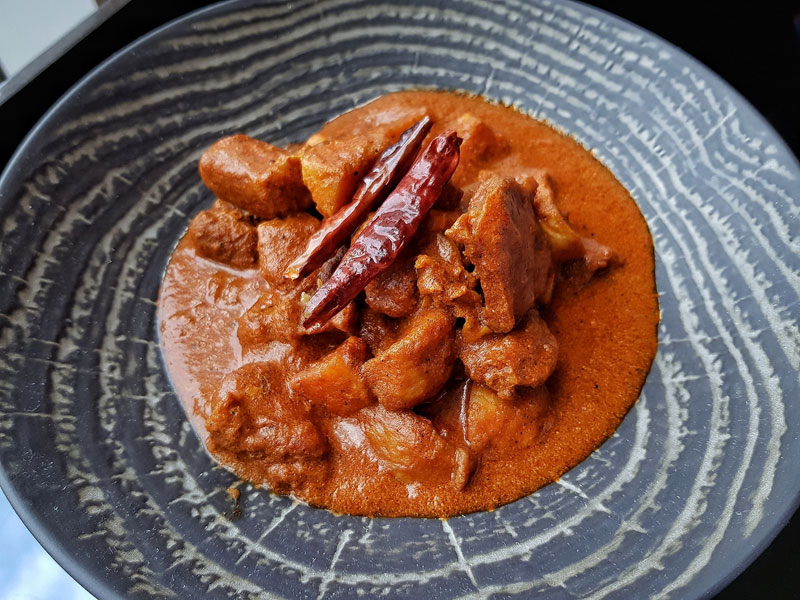
The passion which the maharajas of Patiala felt for the culinary arts shows in the attention to detail, including crediting many people who have created specific dishes. Initials beside recipes expand into individual names at the end pages —so we get a glimpse of personalities, and know which dishes were contributed by Raja Bhalinder Singh; Raja Malvinder Singh; Jamadar (Head Cook) Fakir Mohammed; Baker Kartar Singh and Ram Singh Halwai. In the section on puddings and bakes, a Mrs.Politzer features prominently, while in the European section, Gilbert Joseph, with his recipes for Fish Meunier and Cream of Tomato Soup is a name frequently encountered. The range of recipes is cosmopolitan, eclectic, dictated entirely by personal tastes, and framed by intimate glimpses into relationships, associations, and friendships. ‘Chicken in Brown Butter Sauce and Mushrooms’ is ascribed simply to ‘Papa’; ‘Crevette Cocktail’ comes from the Viceroy’s House, Delhi and ‘Bhootan Kebab is credited to the Yuvraj Sahib of Kashmir.
De-coding, testing techniques, selecting and re-working recipes was an extended task that took Chef Bali about two years to complete. “Many of the dishes were cooked without heating oil and frying masalas. Instead, the dum style of cooking over low heat over a charcoal fire was preferred,” he observes. To bring this legacy alive, the Oberoi Hotels launched Rivaayat-e-Patiala, a series of promotions which featured menus crafted from this unique cookbook.
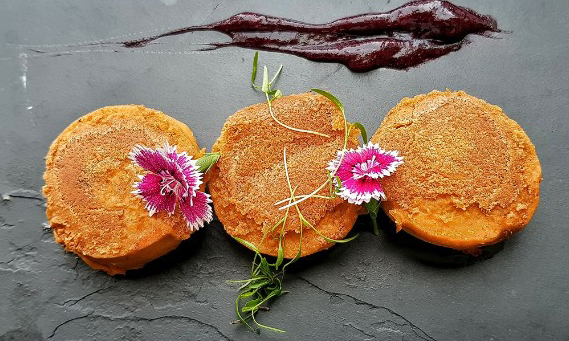
All the dishes I tasted from the fourth edition of this promotion were a revelation. The kebabs made from mutton rubbed with rock salt and ginger juice were delicately flavoured, extremely tender and succulent, losing none of the desired texture and bite. Fish in a yogurt-based sauce of flash-fried green coriander, mint, spring onions was one of the most unusual and delicate dishes I have eaten. Black lentils cooked with the juice of a staggering 1kg of ginger to 1 kg of lentils produced a dense, creamy warming dal, while a winter curry of mutton and shalgam was an earthy stew, the meat falling off the bones, a reminder of how unnecessarily complicated some versions of Indian cuisine have become.
Every dish on the menu relied on a few carefully chosen ingredients and slow cooking, to extract maximum flavour, and gave insights into a simpler, yet more refined style of gastronomy. Chef Bali, conscious of the loss of cuisines that we are facing today, believes that chefs have a responsibility to re-discover and teach the art of disappearing techniques and dishes. At a time when Indian gastronomy is at a crossroads, trying to re-invent itself in the 21st century, a collection of recipes such as this one expands our understanding of forgotten local cuisines, emerging, surprisingly, from the kitchens of Royalty.
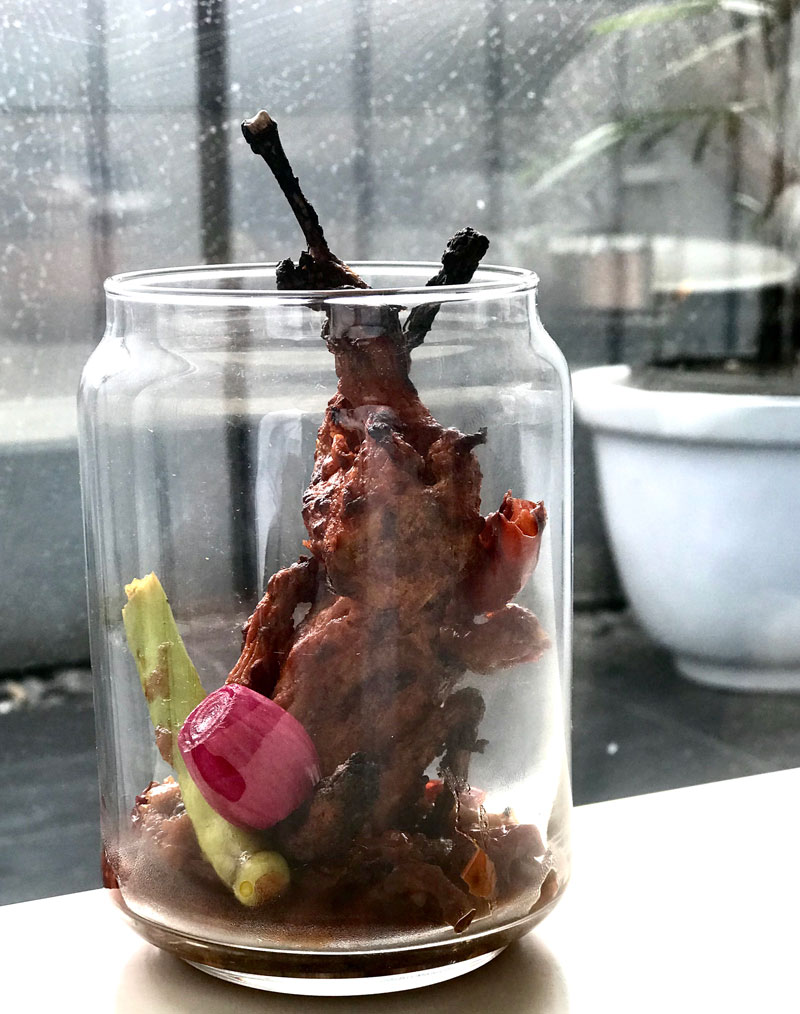
By: Kaveri Ponnapa
Images Courtesy: Oberoi Hotels
This article was published in UpperCrust Magazine, Volume 20, First Quarter 2019

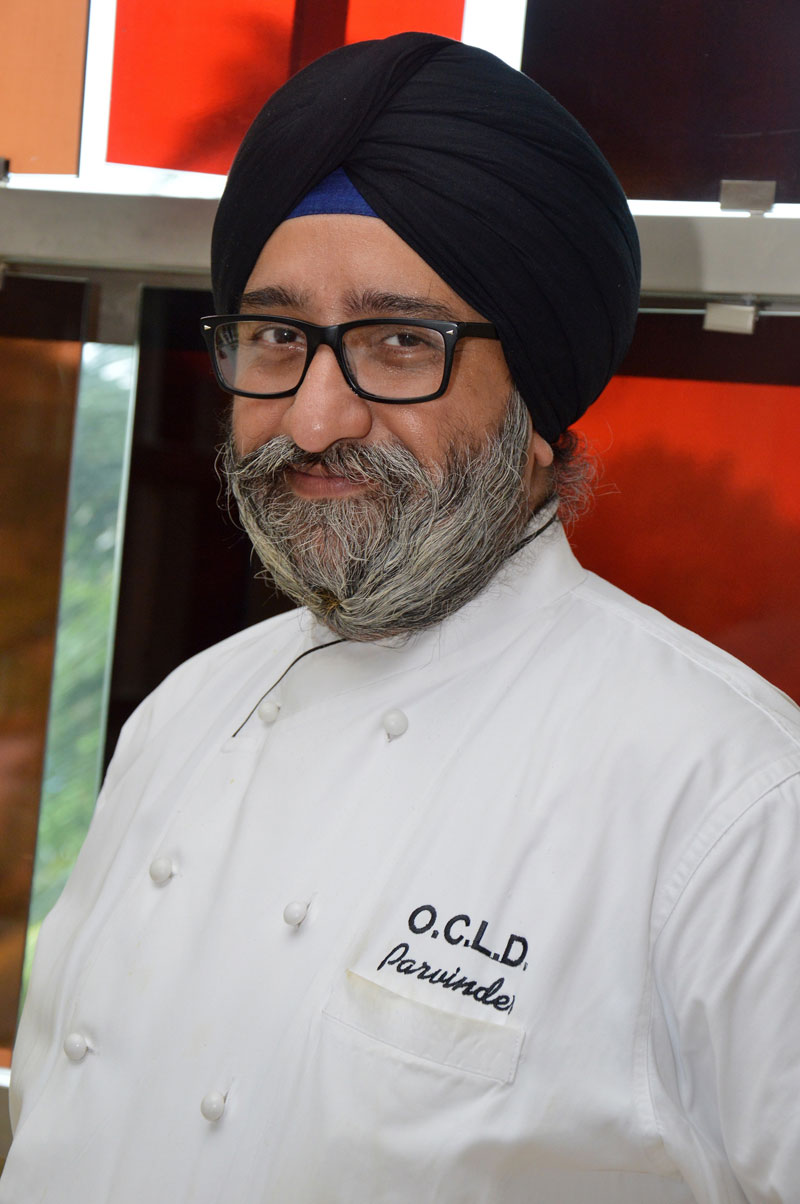

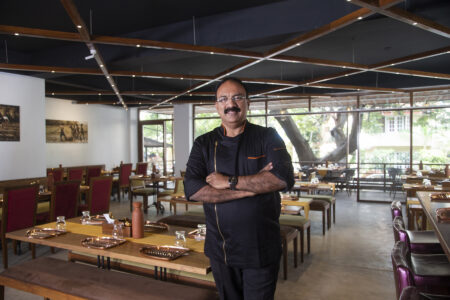
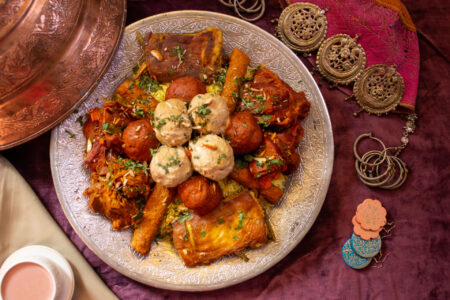
I heard when I was doing my graduation that Chef of Royal Family was one of the best. Even some Langaris of Mahindra College of Patiala learnt from Rayal Patiala House.
I know of Captain Arminder Singh from Doon School. I was in St Josephs Acadmey and latter in St Georges College Mussoorie. We played lots of sport games with Doon School.
Ruskin Bond one of my friend famous writer we used to go to Doon School Friday evening for reading in Room on the Roof awarded in Uk book.
Narinder Singh Sawhney
Freeman of freedom of City of London
http://www.whiskyexchange.com
Would like to buy the book
Deepinder, the book is not in print. Rivaayat-e-Patiala promotions at the Oberoi Hotels re-creates some of the recipes. Kaveri